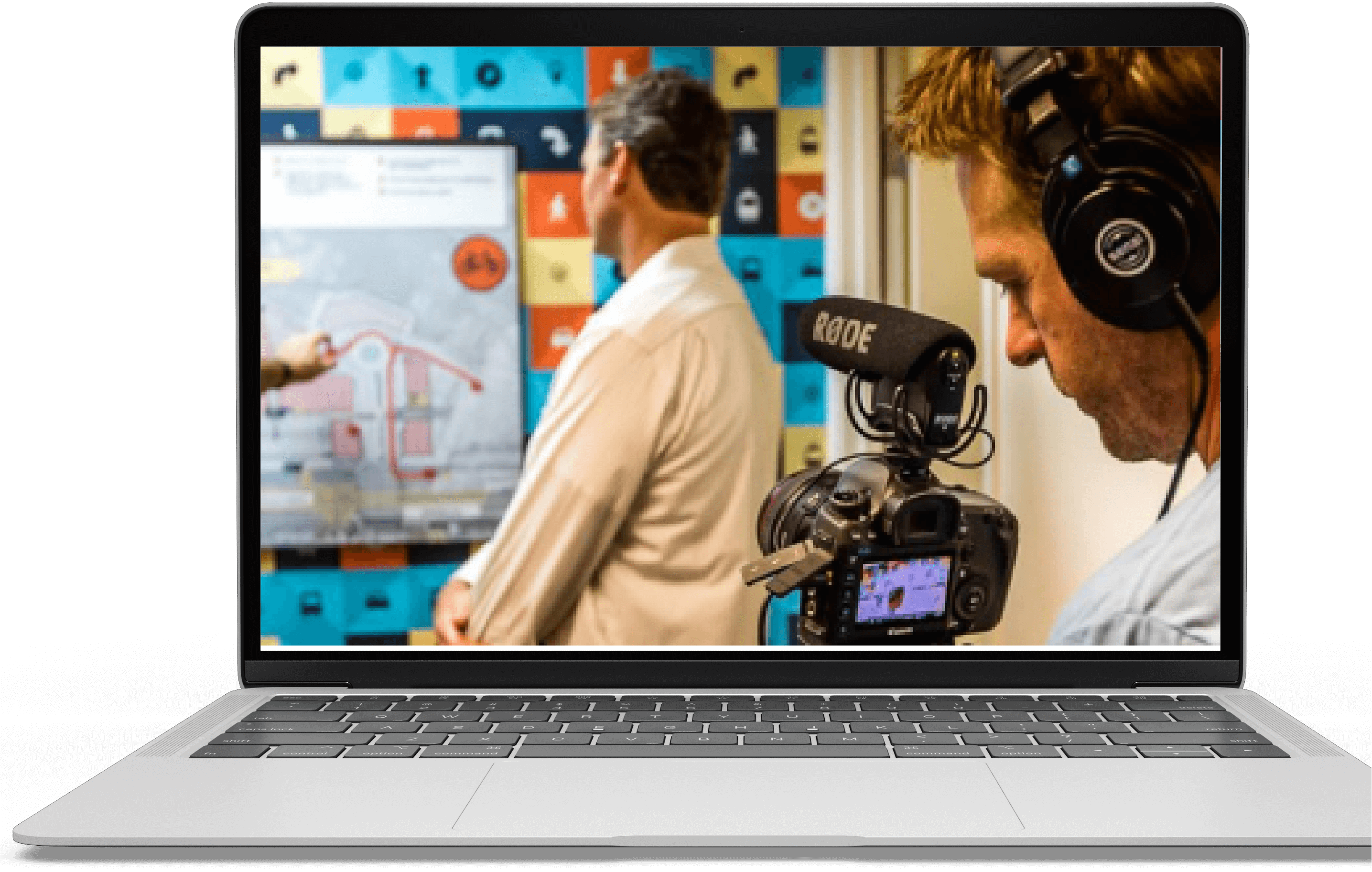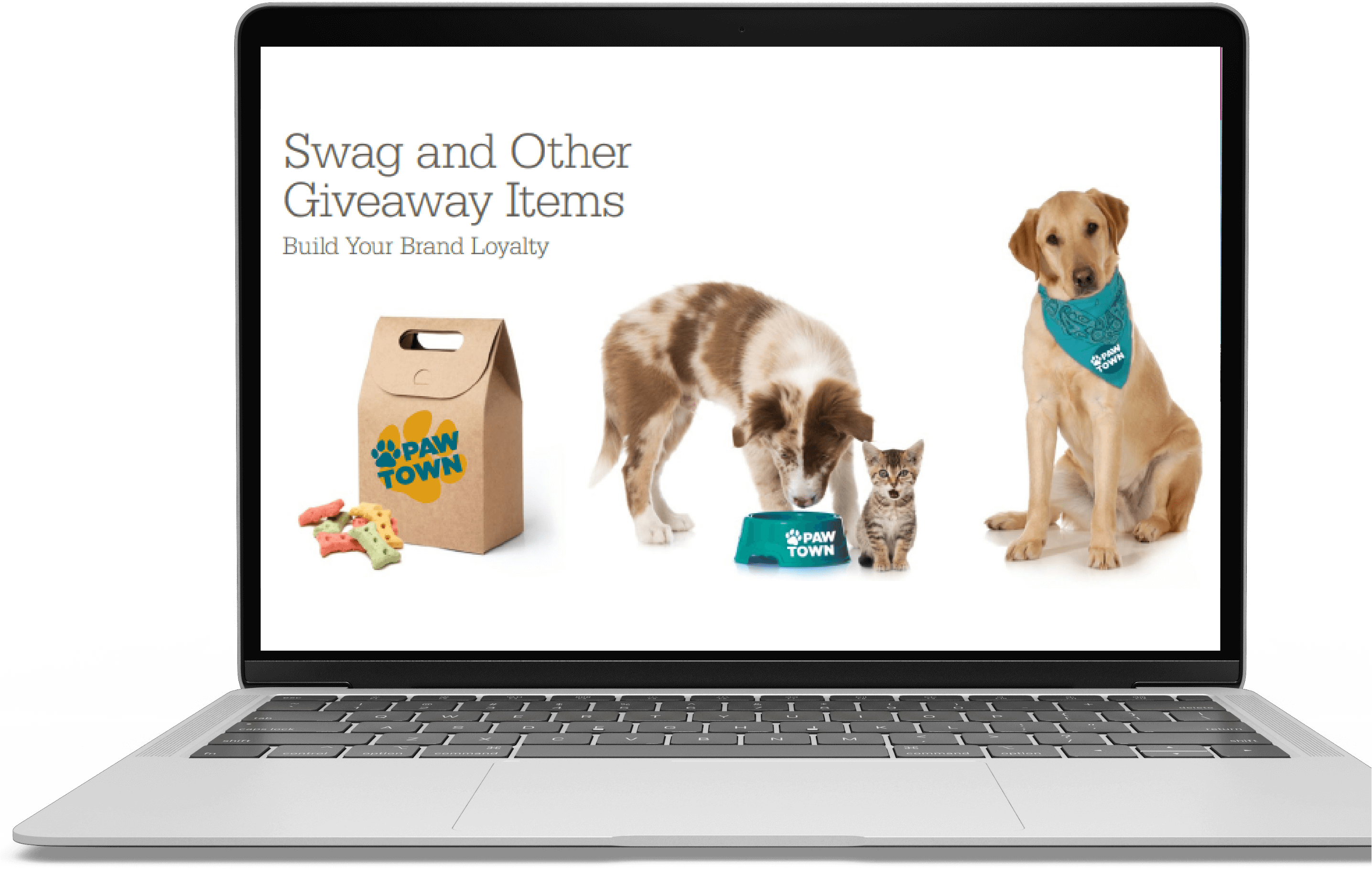Outlined below are the various media relations tools to consider. Depending on the situation, you’ll use one or more of the following.
Pitch
A major vehicle for suggesting a story, a pitch letter is a one-page, persuasive letter that outlines what your news is, why it will be interesting to the media/blogger contact’s online followers, viewers, or readers, and why it would make for a timely and compelling story. Don’t blanket the market with the same pitch.
A customized angle is meant for a larger feature story in one media outlet, rather than small mentions in many. Send your pitch letter via email and follow up by email and/or phone within a day or two.
News Release
A familiar PR tool, the news release format is often overused.
We suggest you only use a news release for major news. For example, consider a local news release to announce a new hire if you are a financial institution or expanding your concept.
We ask that you clear all news releases that mention Regency Centers through Regency’s Senior Manager of Communications, Eric Davidson, to ensure boilerplate accuracy and appropriate timing.
A few more tips:
- rather than a news release, consider a custom-created pitch letter emailed to your most used outlet, online or traditional reporters don’t want to cover
- the same news that everyone else is getting unless there is a huge impact — e.g., Amazon buys Whole Foods
- if your goal is a targeted feature story, a widely distributed news release is not the way to go. Instead, use a pitch to a single reporter or blogger; if they are not interested, you move on the to the next priority contact
Media Advisory
A media advisory is a one-page document that promotes a visual, newsworthy event. Every media advisory will have the basics of your event: who, what, where, why, when — with just enough “sell” to inspire them to come out with a TV camera or a photographer.
Send media advisories to assignment desks at television stations, photo desks at newspapers, and online editors at local outlets. They should be emailed five days ahead of an event and again the day of the event for maximum results.
Online Event Listing
A calendar listing is a one-page document that invites the public to attend an event at your business usually and preferably at no cost to the attendee.
Every calendar listing will have the basics of your event: who, what, where, why, when — underscoring the benefits of participating.
Children’s event sites, style and mom blogs, and online news outlets have a section that allows you to post your event details. Use the calendar listing content to plug in the information about the event.
Typically, it is best to send out a listing a month prior to the event and then a follow-up three weeks prior to an event. If you are working with local longer-lead magazines, send out details earlier, as long lead print is planned more in advance.
Bylined Article
A bylined article showcases the author’s expertise on a particular topic or offers useful tips or how-to information for the public. Not every outlet will publish your bylined article; generally, smaller, weekly, or pay-to-play consumer-focused publications are good outlets for your bylined stories. Usually, you’ll want to suggest the story well ahead of time and prepare it for the specific publication or outlet.
Fact Sheet
A fact sheet is a quick reference that lists the facts in an easy-to-read format. This might include the business name, location, number of employees, important amenities, national/regional detail if a franchise, top-level managers and contact numbers, etc. Opt for bullets rather than paragraphs. Typically, this is appropriate for businesses that have more than one location within the region or across the country.
Media List
A media list is your “black book” of editors, reporters, and broadcast decision-makers, featuring names, titles, outlets/blog names, phone numbers, emails, and sometimes, if applicable, street addresses, so you know the time zone from which the contact works. This important reference should be updated regularly.
Sample third-party resources to refer to when writing about retail:
- National Retail Federation
- ICSC
- RetailDive
After exploring these points of outreach, you can expect responses from reporters, bloggers, and additional media wanting an interview. Speaking or replying to media does not have to be intimidating if you follow these best practices:
- be truthful
- use accurate information
- emphasize the positive
- use understandable language
- communicate your key messages
- condense your information; respond succinctly
- create visual analogies
- if you don’t want it used, don’t say it
- stay focused
- maintain good eye contact with the reporter
- use body language that communicates confidence
- remember that nothing is off the record
Structure a Memorable Sound Bite
Make your message resonate with the audience whether they are readers, followers, or viewers.
Offer an informed perspective. Instead of saying “This is a great concept,” explain why.
Put a label on a trend to own it as it relates to your business. For example, “Amenities drive shopper loyalty, and we’re seeing this across the industry, which is why [XX store name] chose to introduce refreshment stations so you can keep cool while shopping for hot deals.”
Offer an opposing viewpoint that turns a negative into a positive for your business. For example, “It’s true that many shoppers use their smartphones to price check items, but mobile is a great way to get people in-store.”
Use fresh and meaningful phrases to connect to your audience. Sophisticated word choice will help elevate the spokesperson into a true expert, but always be true to your brand. Think “dramatic and positive results” instead of the vagueness of “amazing.”


